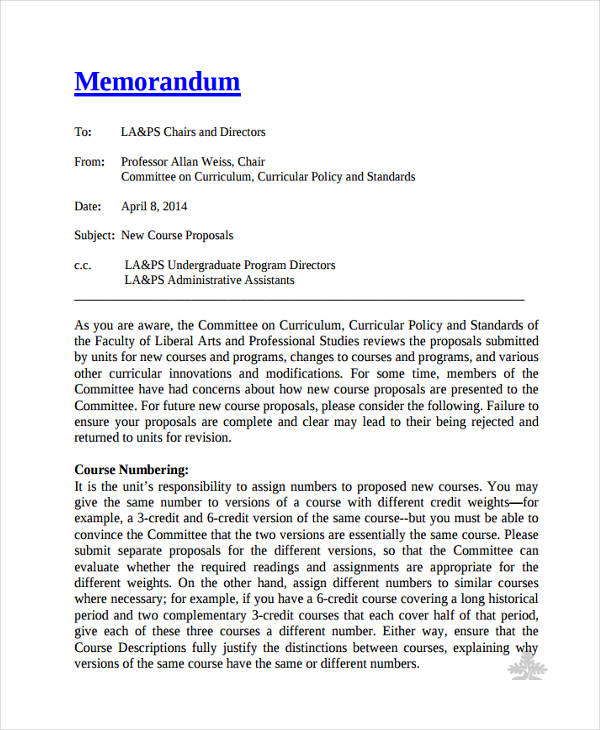

Undertake research using reliable authorative sources Identify the matters and any sub-issues to be discussed Identify the purpose according to the task At university, check the assignment brief and marking rubric to be clear about the task requirements. Different lecturers and firms can have their own preferences even though the memo will contain the same elements. There is no one correct way to present your memo. Your memo should be well organised to reflect your analysis and reasoning. It is the culmination of your legal research. The memo summarises and analyses any relevant laws in relation to the facts of a particular situation. Legal policy: written for a political authority or organisation responsible for policy changepresents an argument in favour of the client's position Letter to a client: presents the client's situation, focussing on potential actions and outcomes, often making recommendations about a course of action In-house document: written for a colleague or superior provides your assessment of the client's situation based on the facts of the case and current law They should be clear, concise and informative.

All memos provide advice or legal opinion but can have different audiences or intended recipients. Legal memorandums that are written as assignments can take three forms: an in-house document, a letter to a client, or a paper on legal policy.


 0 kommentar(er)
0 kommentar(er)
